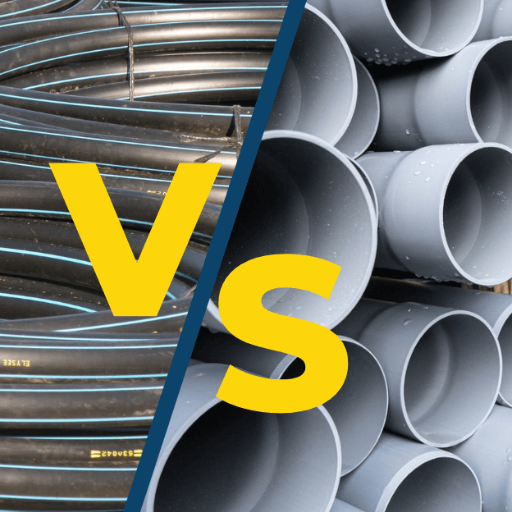HDPE Butt Fusion Fittings
Home » HDPE Pipe Fittings » HDPE Butt Fusion Fittings
Welcome to our page dedicated to HDPE Butt Fusion Fittings. Here, you will find detailed information about the specific types of butt fusion fittings we offer. Our high-quality HDPE Butt Fusion Fittings ensure reliable and efficient connections for your HDPE piping systems, making them ideal for various industrial and commercial applications.
HDPE butt fusion fittings are an essential component in many piping systems, particularly for water, gas, and sewage applications.HDPE butt fusion fittings, in particular, are known for their durability, flexibility, and cost-effectiveness.

Butt Fusion 45° Elbow
Ideal for adjusting the direction of HDPE piping systems by 45 degrees.
- Water supply networks
- Wastewater management
- Agricultural irrigation systems

Butt Fusion 90° Elbow
Used to create a 90-degree turn in piping systems.
- Gas distribution
- Industrial pipelines
- Sewer systems
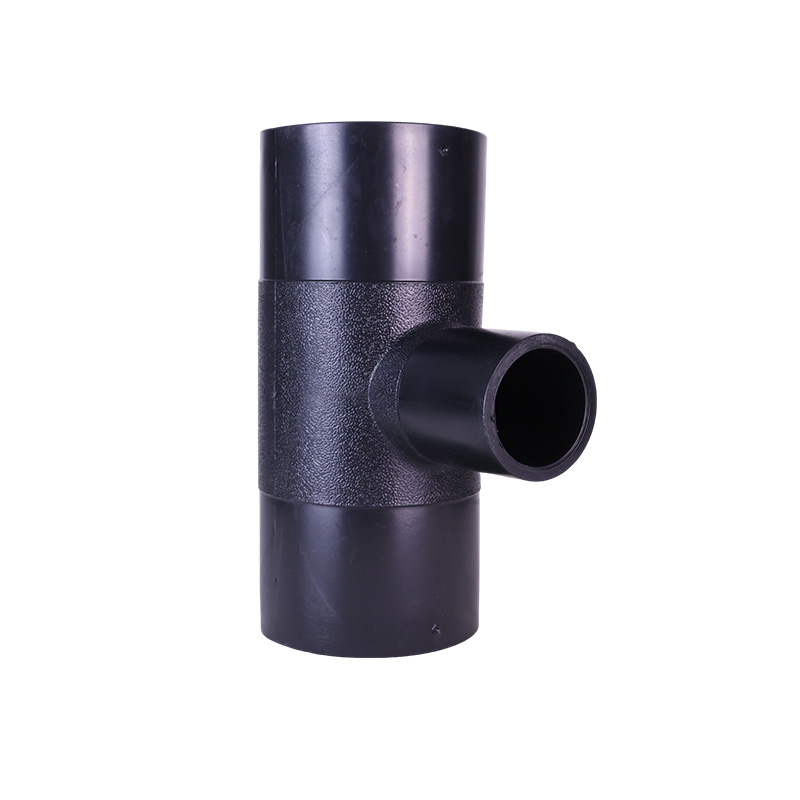
Butt Fusion Reducing Tee
Connects pipes of different diameters, commonly used to merge or split flow.
- HVAC systems
- Chemical processing plants
- Potable water distribution
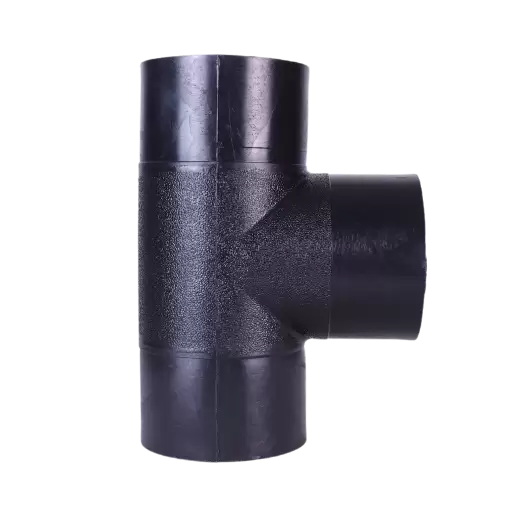
Butt Fusion Tee
A standard tee fitting used to split the flow in two directions.
- Municipal water supply
- Firefighting systems
- Mining operations
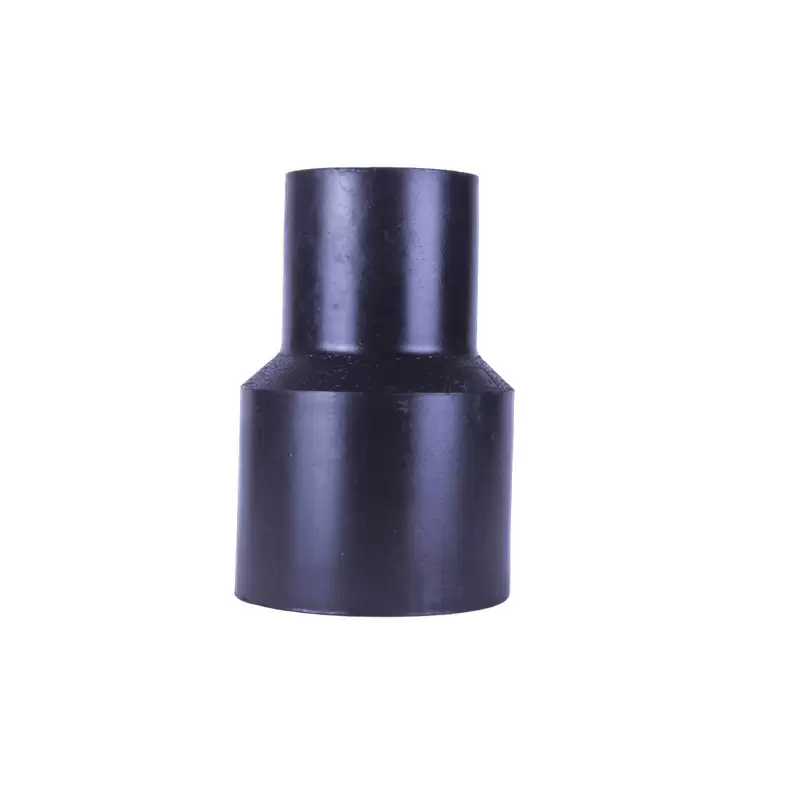
Butt Fusion Reducer Coupler
Used to connect pipelines of different sizes for flow adjustment.
- Oil and gas industry
- Cooling water systems
- Industrial process piping
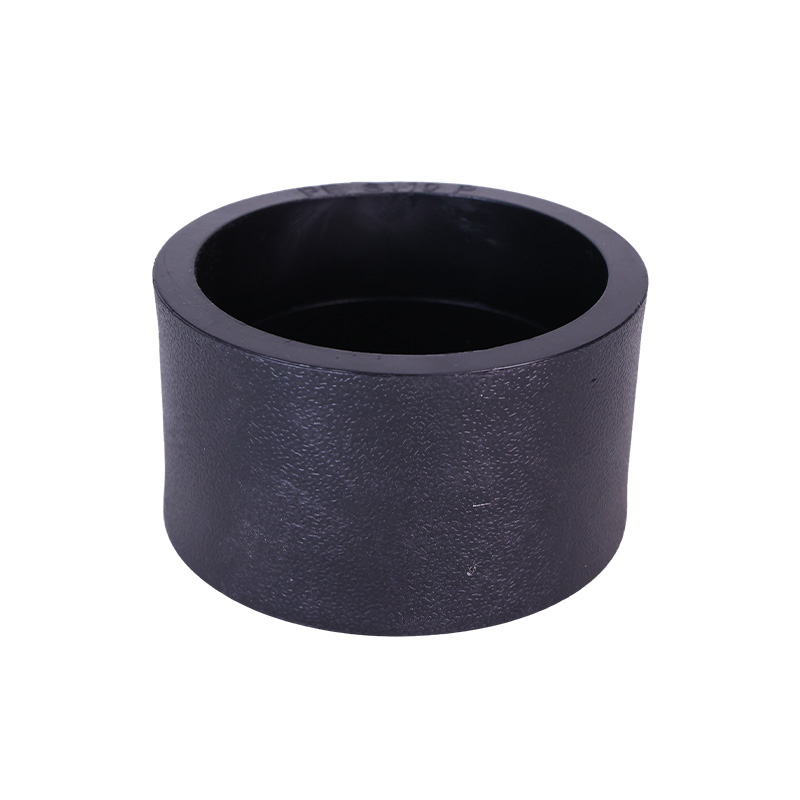
Butt Fusion Coupler
Connects two pipes of the same diameter for a continuous pipeline.
- Pipeline repairs
- Underground utilities
- Slurry transportation
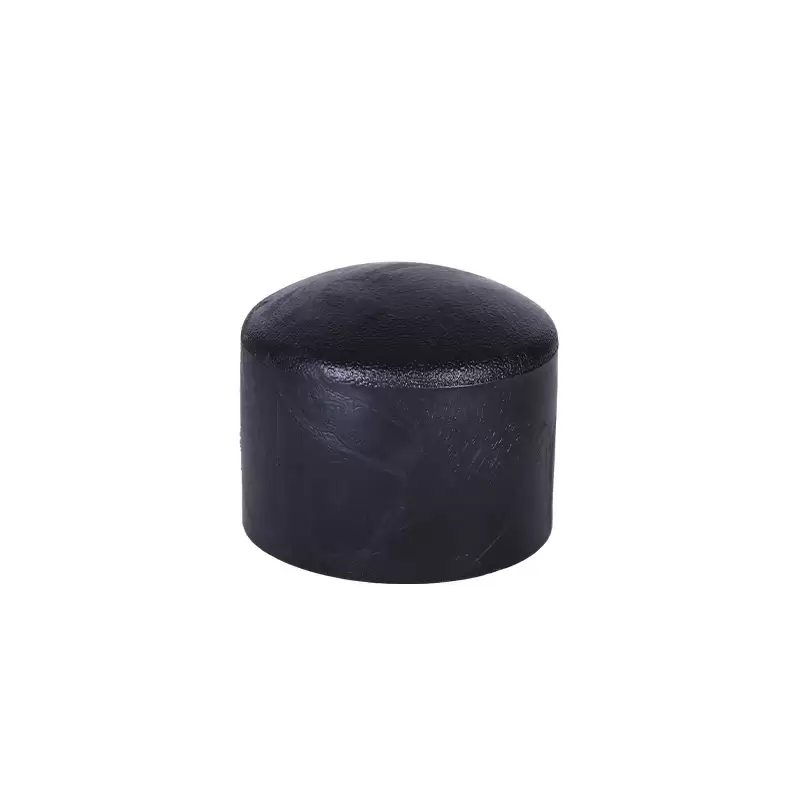
Butt Fusion End Cap
Used to seal the end of a pipeline, ensuring system integrity.
- Pipeline termination
- Stormwater management
- Temporary system closure
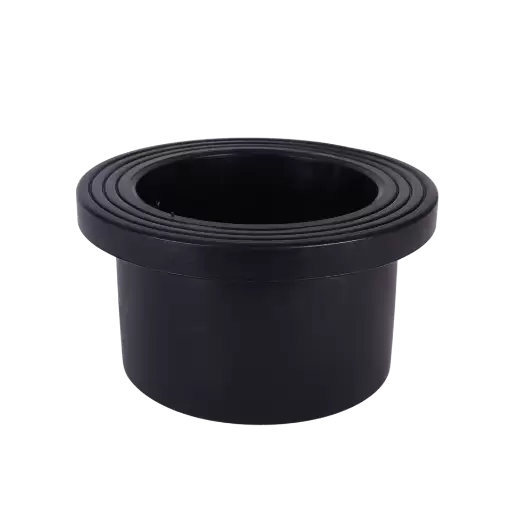
Butt Fusion Flange
Provides a detachable connection between pipelines and equipment.
- Pump stations
- Water treatment plants
- High-pressure systems
Why Choose Our HDPE Butt Fusion Fittings?
- Durability: Made from high-quality HDPE material, ensuring long-lasting performance.
- High Pressure Resistance: Capable of withstanding high-pressure environments, making them suitable for various applications.
- Leak-Proof: Butt fusion welding creates seamless connections that prevent leaks.
- Easy Installation: Designed for straightforward installation, reducing labor costs and time.
- Versatile Applications: Ideal for water supply, gas distribution, industrial fluid transport, and more.
Technical Details
- Materials: High-density polyethylene (HDPE)
- Standards: Complies with international standards (e.g., ISO, ASTM)
- Pressure Ratings: Available in various pressure ratings to meet specific project requirements
- Sizes: Wide range of sizes to fit different pipe diameters
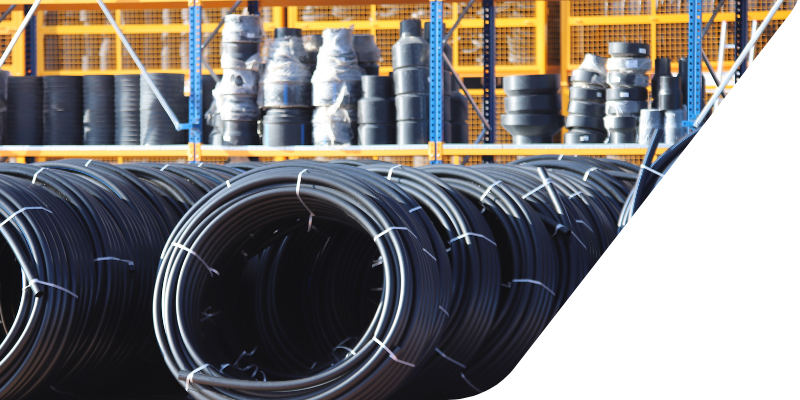
High strength, hardness, and corrosion resistance are why industrial pipe systems have adopted high-density polyethylene (HDPE) as the top material. This manual is about HDPE butt fusion fittings which are essential in any seamless network of pipes connections establishment. There will be a discussion on different kinds of these fittings, the process of fusing them, applications across various industries, tips for installation, and maintenance practices.
Pipe Fittings Related Articles
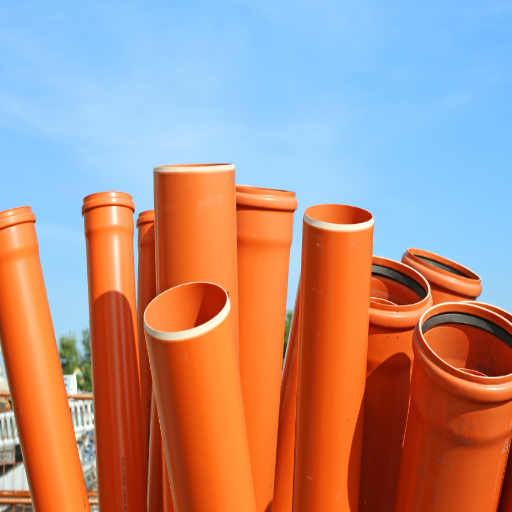

The Question
Common FAQ
Don’t hesitate to contact us whenever you need any further clarification. Our team of committed experts is always there for support and guidance. We are here for you, whether you require assistance in translating something or have some inquiries about our services or even if you would like to tell us what you think about them.
Q: What are HDPE butt fusion fittings?
A: HDPE butt fusion fittings are specialized pipe fittings used for connecting high-density polyethylene (HDPE) pipes. The fittings are connected by heating the ends of the pipes and the fitting, then pressing them together to create a permanent, leak-proof joint. These fittings include items such as butt fusion 90-degree elbows, 45-degree elbows, and stub ends.
Q: How does the butt fusion process work?
A: The butt fusion process involves heating the ends of the HDPE pipe and the fitting until they reach a molten state. A welding machine is then used to press the heated ends together, forming a solid and durable joint. This method is commonly used in oil and gas, water supply, and drainage systems.
Q: What types of fittings are available for HDPE pipes?
A: A variety of fittings are available for HDPE pipe, including butt fusion 90-degree elbows, 45-degree elbows, stub ends, flange adapters, and electrofusion fittings. These fittings create bends, branches, and connections in HDPE piping systems.
Q: What are the advantages of using HDPE butt fusion fittings?
A: HDPE butt fusion fittings offer several advantages, including high durability, leak-proof joints, and resistance to corrosion and chemical damage. They are also cost-effective and have a long life expectancy, making them an excellent choice for demanding applications such as oil and gas pipelines and water supply systems.
Q: Can HDPE butt fusion fittings be used with other types of pipe fittings?
A: Yes, HDPE butt fusion fittings can be used in conjunction with other types of pipe fittings, such as electrofusion fittings and flanges. This allows for greater flexibility and versatility in designing and installing piping systems.
Q: What is the difference between butt fusion and electrofusion fittings?
A: Butt fusion fittings are connected by heating and pressing the pipe and fitting ends together, while electrofusion fittings use an electrical current to heat a built-in wire coil, which melts the pipe and fits together. Both methods create solid and durable joints, but butt fusion is typically used for larger-diameter pipes, while electrofusion is often used for smaller-diameter pipes and repairs.
Q: How do I ensure a reliable joint when using HDPE butt fusion fittings?
A: To ensure a reliable joint, it is essential to follow proper procedures, including cleaning the pipe and fitting ends, using a calibrated welding machine, and allowing adequate cooling time before handling the joint. Using fittings from reputable manufacturers and performing regular inspections and maintenance on the fusion equipment is also advisable.
Q: Are there any specific standards or certifications for HDPE butt fusion fittings?
A: Yes, HDPE butt fusion fittings should comply with industry standards such as ASTM, ISO, and PPI. These standards ensure the fittings meet quality and performance requirements. Verifying that your fittings are certified to these standards is essential to guarantee their reliability and safety.

